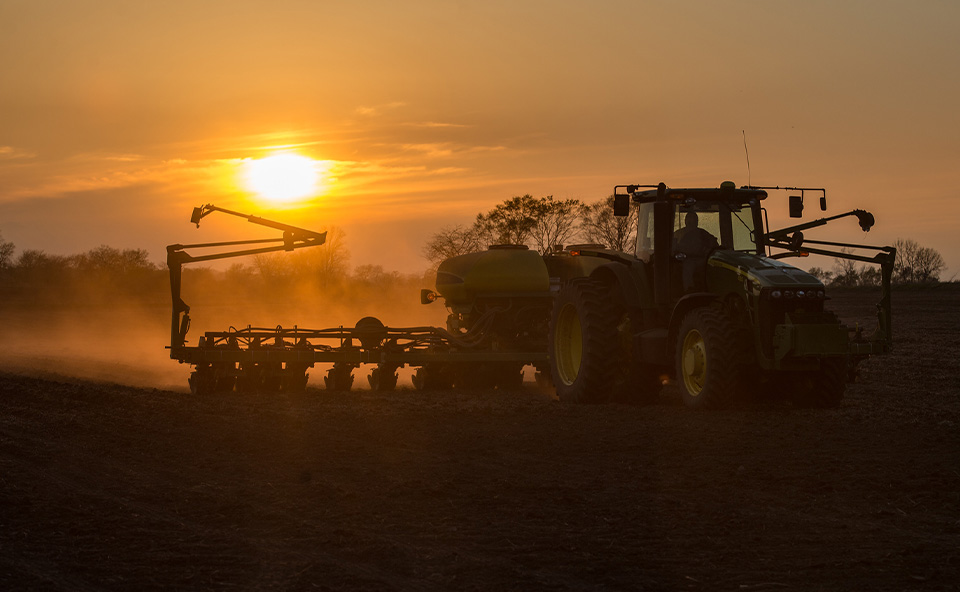
In the recent United States Department of Agriculture's Prospective Planting Report, soybean growers are expected to plant 87.5 million acres in 2023. (Photo: Iowa Soybean Association).
U.S. soy farmers look to plant big as stocks tighten
April 6, 2023 | Kriss Nelson
As global demand for soybeans strengthens, U.S. farmers are forecast to plant 87.5 million acres, according to the U.S. Department of Agriculture’s (USDA) National Agricultural Statistics Service (NASS) March 31 Prospective Plantings Report.
The Prospective Plantings report provides the first official, survey-based estimates of U.S. farmers’ 2023 planting intentions.
NASS’ acreage estimates are based on surveys conducted during the first two weeks of March from a sample of nearly 73,000 farmers across the nation.
An explanation of what these numbers might mean for the global soy complex was featured in a U.S. Soy Prospective Plantings Report webinar hosted by the U.S. Soybean Export Council (USSEC) last week.
“The dedication and resiliency of U.S. soy farmers will deliver what the world needs to supply customers,” said Jim Sutter, USSEC Chief Executive Officer. “We are committed to meeting the needs of customers in terms of output but want to continue to innovate to ensure U.S. Soy remains the most reliable, high-quality, sustainable soy.”
The 87.5-million-acre forecast is up slightly from last year. USDA reports that planted acreage intentions are up or unchanged in 15 of 29 soybean-growing states. And if realized, the planted area in Illinois, Nebraska, New York, Ohio and Wisconsin would be the largest on record.
Ankush Bhandari, Vice President of Economic Research for Viterra, U.S., and Mexico, says although soybean acres changed little from 2022, 87.5 million acres is still a considerable acreage number.
The big eight commodities (soybeans, corn, wheat, cotton, barley, sorghum, oats and rice) are projected to be planted on 254.8 million acres, up 5.2 million from last year.
Of those 254.8 million acres, the forecasted corn and soybean acres of 179.5 million could be the third highest on record, constricting cotton, sorghum and spring wheat to plant corn and soybeans.
Where are those acres coming from?
North Dakota, South Dakota and Minnesota make up 50% of the increase at 2.5 million acres.
Bhandari says the market could be optimistic about getting those 2.5 million acres.
“The snowpack in North Dakota is the third highest level, right behind 2011 and 2013,” he says. “To get those acres, we still need a normal snow melt and a normal planting pace. North Dakota, South Dakota and Minnesota should remain a focus.”
Grain stocks report
Higher-than-expected usage emphasized the need for a large soybean crop. The average guess among traders pegged old crop soybean stocks stored at 1.74 billion bushels, whereas USDA reported 1.69 billion bushels.
The 1.69 billion bushels is down 13% from March 1, 2022. On-farm soybean stocks were down slightly from a year ago, while off-farm stocks were down 21%
Bhandari noted that supplies for the old crop (2022) remain tight; however, he pointed to potential tailwinds on crush and margins this summer if the U.S. started exporting additional meal.
“The renewable diesel situation is here and will continue to change the landscape not only for corn and soybean area but production and flows going forward,” he said. “This is something everybody needs to watch not just for the next three months but for the next five years as these plants (crush and renewable diesel) come online.”
Back